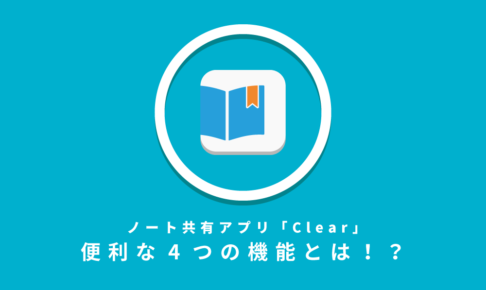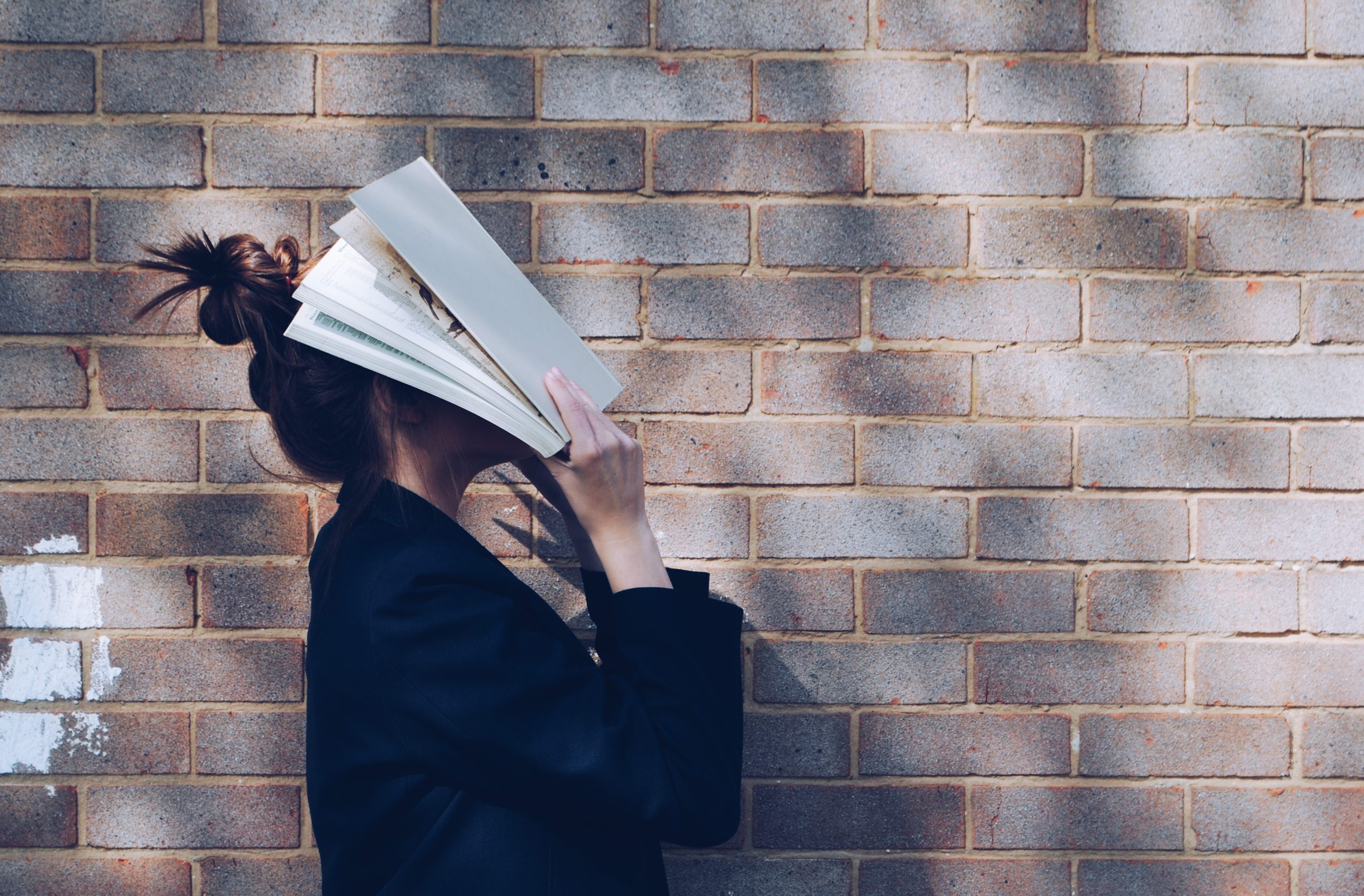英語
中学生
問4の並び替えはどのように考えて解けばいいのですか?
3 次は、高校生のHayato (男性) が書いた文章です。 これを読んで, 間 1~ 問6に答えなさい。 *印の
ついている語句には、本文のあとに〔注〕があります。(34点)
I love bicycles. I've been using my bicycle since I was a junior high school
student. One morning, however, I got scared on my way to school. A car
passed me really fast. It almost touched my bicycle. There are only a few *bicycle lanes
in my town, and I think some of those lanes are too narrow for a bicycle to use safely.
I wanted to make our streets safer for cyclists, and then I read about "Copenhagen,
Denmark in a bicycle "magazine. It's Aas one of the most *bicycle-friendly cities
in the world. I learned more about the city on the Internet and thought it's really a
wonderful city for cyclists. I'd like to write about it.
In Denmark. 90% of the people have a bicycle, and in Copenhagen, 49% of the
workers and students go to work or school by bicycle (27 % go by car, 18% by bus or
train, and 6% on foot). Many streets in the city have bicycle lanes and bicycle traffic
lights, and there is even a bicycle bridge named "The Bicycle "Snake." I was "envious of
the cyclists in Copenhagen because the city is bicycle-friendly in every way. You can ride
a bicycle at 20 km/h without B at red lights even when the traffic is busy, and you
can bring your bicycle on trains and buses. In the 2019 ranking of "Bicycle-friendly Cities,"
Copenhagen was No. 1 and Tokyo was No. 16. ② A lot of people were using cars
in Copenhagen, too, but around 1980, the city started making better roads and rules for
bicycles, and the number of bicycle users started increasing. Around 2017, the number
of bicycle users in Copenhagen became almost the same as the number of car users. I
was also surprised to see that the number of bicycle accidents in Copenhagen was "lower
than in other large cities. I think it's because the roads (cyclists for safe/follow/ and/
are cyclists the traffic rules. In many Japanese road safety classes, children are taught
that roads are dangerous and sometimes shown shocking scenes of traffic accidents, and
they learn that they must follow traffic rules when they ride a bicycle. But in Denmark.
children play games in their classes. They can have fun when they learn traffic rules.
Now there is a movement in Japan that gives children road safety classes in this way.
Bicycles are cheaper than cars and healthier. They're also friendlier to the
environment. The United Nations expects that about 70% of the people in the world will
live in big cities by 2050. Such a large number of people will cause some problems, and
more traffic is one of them. Copenhagen is a very good role model for Sustainable
cities and communities" which is one of the U.N.'s "Sustainable Development Goals. I
think Copenhagen's ideas to increase the number of bicycle users are wonderful because
people there don't have to stop doing anything. They choose bicycles because the city is
designed in a way that using a bicycle is more convenient than using a car, bus. or train.
However, after the number of bicycle users increased, more parking spaces are needed
there. (3
To make a bicycle-friendly city, just making more bicycle lanes isn't enough. We must
think about the future of our cities. Denmark has made a lot of great plans and has
more exciting plans for the future. For example, it's going to build a "bicycle" "superhighway"
between cities and other areas by around 2045. I definitely want to ride a bicycle on it
some day!
〔注〕 be cared おびえて こわがって
bicycle lane 自転車専用の車線. レーン
cyclist ...... 自転車乗りの人、サイクリスト
pass…………〜を追いこす。 通り過ぎる
narrow ・・・・・・幅が狭い
Copenhagen コペンハーゲン (Denmark 「デンマーク」の首都)
magazine
雑誌
on foot... 徒歩で
bicycle-friendly... 自転車にやさしい
traffic light...信号 (traffic は 「交通 (量)」)
3 長文の読解
問1 (例) He thinks so because people there
don't have to stop doing anything.
問2 (1) オ
問3 A known B stopping
2
イ
(3) I
$00
アト
問4 I think it's because the roads〔are safe for
rocyclists and cyclists follow the traffic rules.
問5 (例) (子どもたちが) ゲームをしながら楽
しんで交通規則を学ぶというやり方
01.01
問6 (1) almost [about〕 half
(2) long time
(3) continues to
回答
まだ回答がありません。
疑問は解決しましたか?
この質問を見ている人は
こちらの質問も見ています😉
















